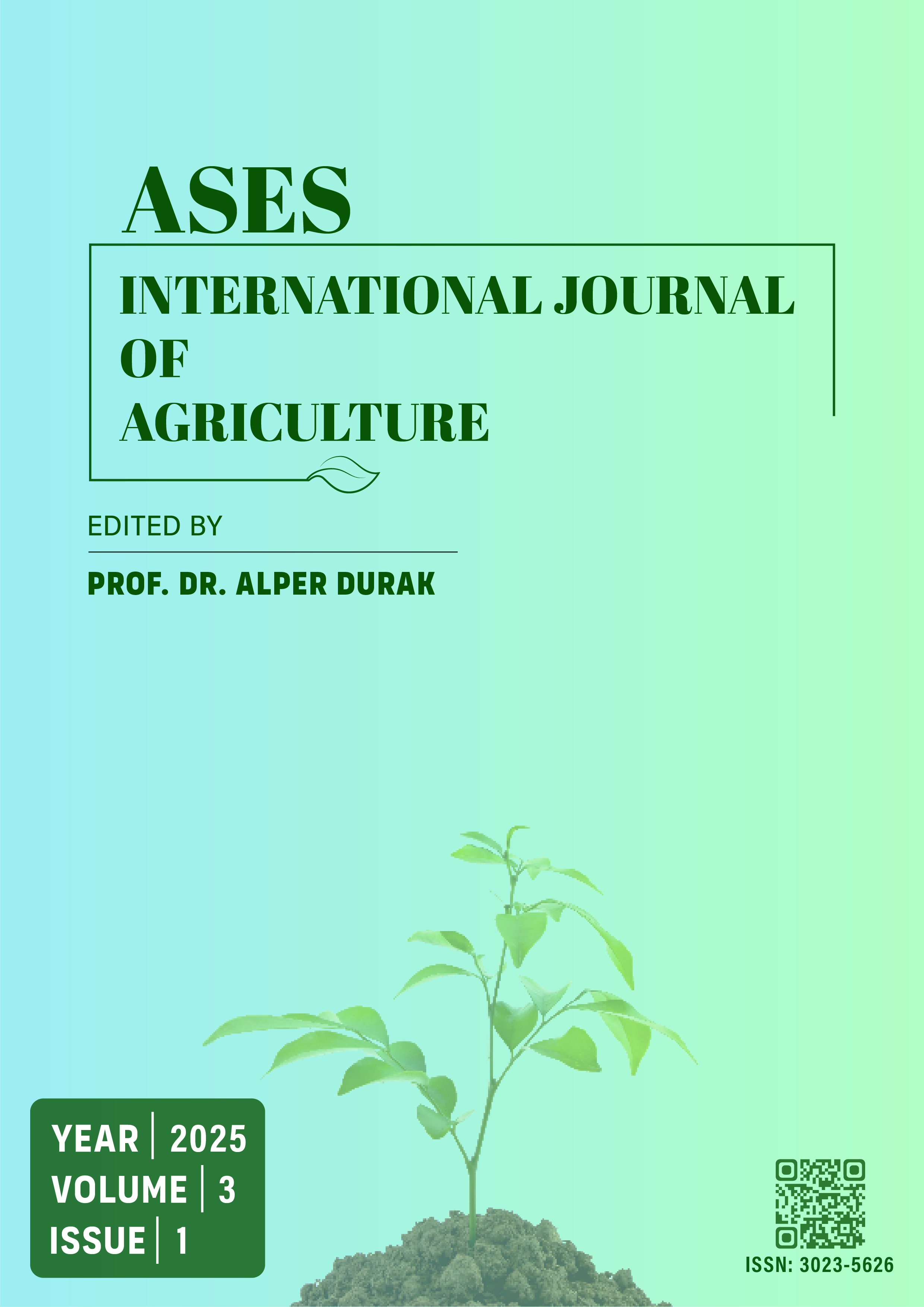Synergistic Effects of Alum and Powdered Activated Carbon on the Removal of Non-Steroidal Anti-Inflammatory Drugs by Coagulation–Flocculation
DOI:
https://doi.org/10.5281/zenodo.15697800Keywords:
Coagulation-flocculation; aluminium sulphate; powdered activated carbon; non -steroidal anti-inflammatory drugs; mechanisms.Abstract
This study aimed to enhance the removal of non -steroidal anti-inflammatory drugs during coagulation-flocculation in the presence of aluminum sulfate alone and then in combination with powdered activated carbon. The Jar-Test was performed in the laboratory on aromatic organic compound (diclofenac) dissolved in distilled water. The purpose of the tests was to evaluate the removal efficiencies of diclofenac for variable doses of reagents and pH. The interactions of organic compound in the presence of the coagulant combined with the powdered activated carbon would be surface mechanisms (physical adsorption, ligand exchange or complexation on the surface of flocs of aluminum hydroxide or powdered activated carbon). Findings demonstrated that the addition of powdered activated carbon notably improved diclofenac removal, particularly under near-neutral pH conditions.
References
RUNE K., PATRIGNANI P. (2015) New insights into the use of currently available non-steroidal anti-inflammatory drugs, Journal of Pain Research, pp.105-118.
LAKSHMI D.S.,GEETHAV.B., MURALI V. (2024). From prescription to pollution: The ecological consequences of NSAIDs in aquatic ecosystems, Toxicology Report, Vol.13, Paper ID 101775.
SCHWAIGER J., FERLING H., MALLOW U., WINTERMAYR H., NEGELE R.D. (2004). Toxic effects of the non-steroidal anti-inflammatory drug diclofenac. Part I: histopathological alterations and bioaccumulation in rainbow trout, Aquatic toxicology, Vol.68, No 2, pp.141–150.
RUIZ M.J., FONT G. (2011). Ecotoxicological effects of pharmaceuticals in the environment, in: Ecotoxicology around the Globe, Edited by Julia E. Visser, Nova Science Publisher,Chapter 8, pp. 227-246.
KÜMMERER K. (2009). The presence of pharmaceuticals in the environment due to human use – present knowledge and future challenges, Journal of Environmental Management, Vol. 90, Issue 8,pp. 2354-2366.
ROBERTS P.H., THOMAS K.V. (2006). The occurrence of selected pharmaceuticals in wastewater effluent and surface waters of the lower Tyne catchment, Science of the Total Environment, Vol.356, pp.143 – 153.
ANSES (2019). (Environmental and Occupational Health Safety on the assessment of health risks Opinion of the French National Agency for Food, Environmental and Occupational Health Safety on the assessment of health risks linked to the presence of diclofenac in water intended for human consumption, Maisons-Alfort, France.(In French).
ACHOUR S., GUESBAYA N. (2005). Coagulation-flocculation by aluminum sulphate of organic phenolic compounds and humic substances, Larhyss Journal., No 4, pp.153- 168. (In French).
BACHA N., ACHOUR S. (2013). Influence of reactional parameters on aluminum sulfate/pyromellitic acid stoechiometry in distilled water, Larhyss Journal., No 13,pp.2521-9782 (In French).
BACHA, N., & ACHOUR, S. (2023). Polymeric humic material removal by coagulation-flocculation stoichiometric dosage aluminum sulphate/humic acid in saline aqueous media. LARHYSS Journal P-ISSN 1112-3680/E-ISSN 2521-9782, (53), 199-217.
BACHA, N., & ACHOUR, S. (2025). Efficient Removal Of Pharmaceutical Contaminants By Aluminium Sulphate Insights On Diclofenac And Ph Influence. LARHYSS Journal P-ISSN 1112-3680/E-ISSN 2521-9782, (61), 321-341.
BACHA N., ACHOUR S. (2017). Trials of pyromellitic acid coagulation in media with
various degree of mineralization, Journal of Water and Environmental Sciences, Vol. 1,
special number ICWR, pp. 235-242. (In French).
BACHA, N., & ACHOUR, S. (2018). Impact Of The Combination Of Aluminum
Sulphate/Activated Carbon Powder On The Removal Of Refractory Organic
Micropollutants By Coagulation- Flocculation. LARHYSS Journal P-ISSN 1112-3680/E-
ISSN 2521-9782, (33), 209- 220.
YUASA A., LI F., MATSUI Y., EBIE K. (1997). Characteristics of competitive adsorption of
aquatic humic substances onto activated carbon. Water Science and Technology, Vol.36,
Issue 12, pp.231-238.
DIDIER F. (1997). Mécanismes d'interaction entre polluants organiques non volatils et charbons
actifs dans de nouveaux géomatériaux de confinement, Thèse Doctorat, Institut National
polytechnique de Lorraine, France, 264p.
JULIEN F, BAUDU M, MAZET M. (1994). Conséquences de la modification des
caractéristiques physico-chimiques de charbons actifs sur l’adsorption de molécules
organiques, journal water str, vol.43, issue 6, pp.278–286.
Downloads
Published
How to Cite
Issue
Section
License
Copyright (c) 2025 BACHA N., HALATI M., BARBARI F.

This work is licensed under a Creative Commons Attribution 4.0 International License.



